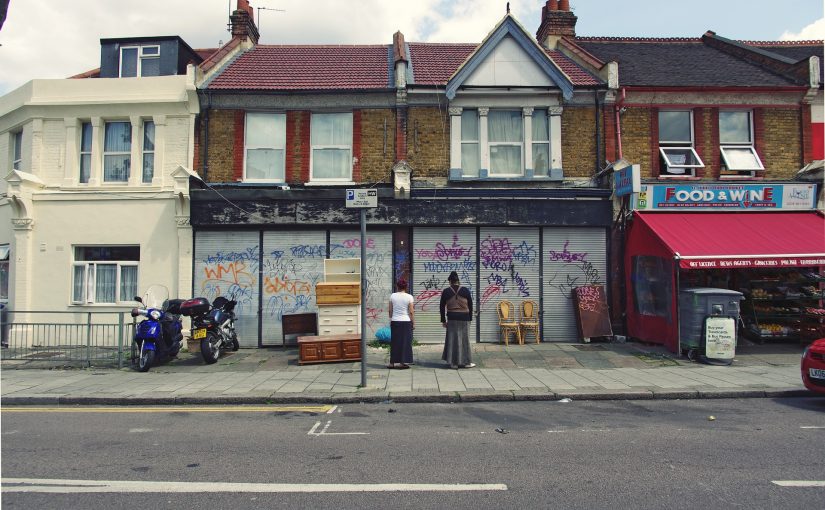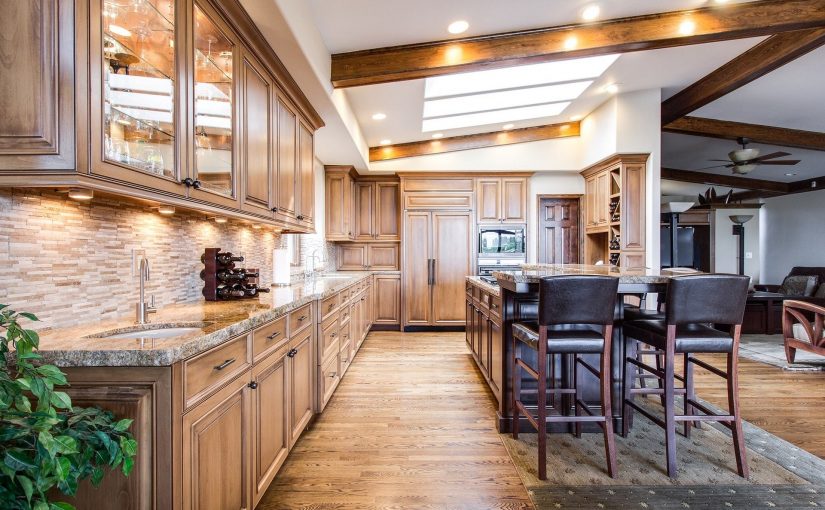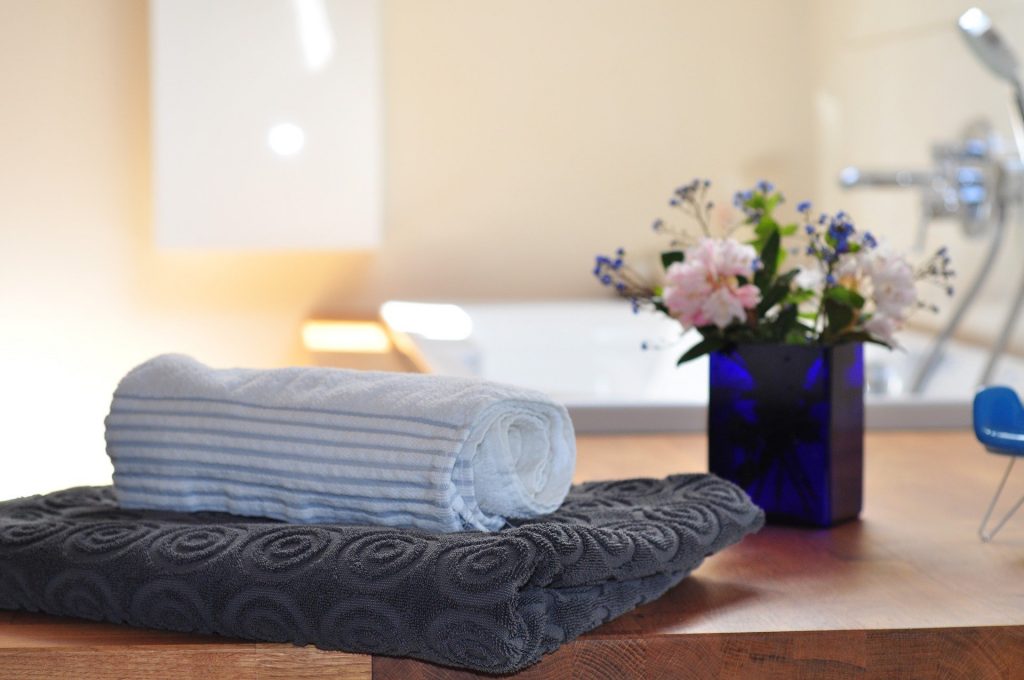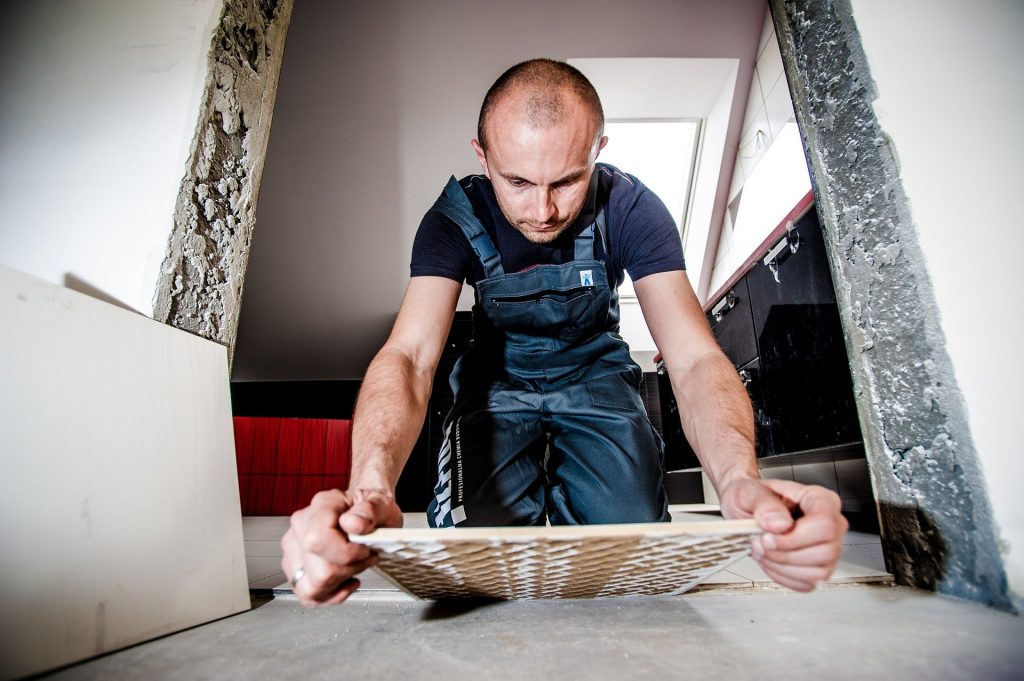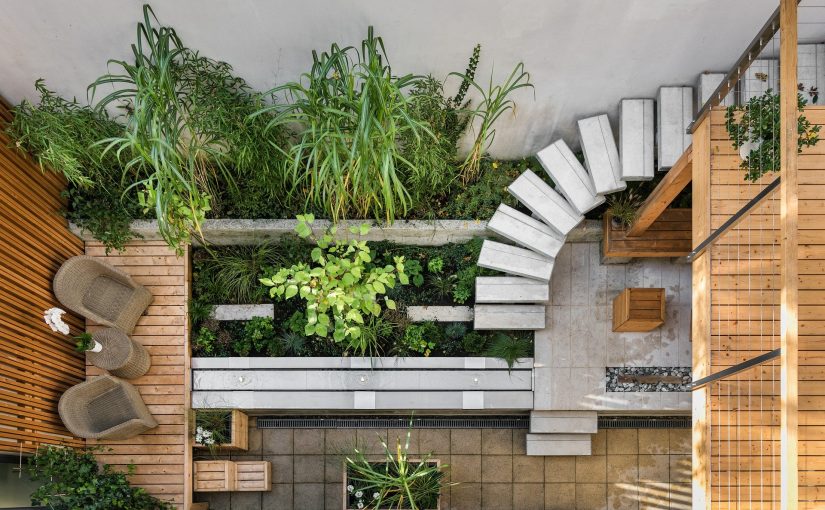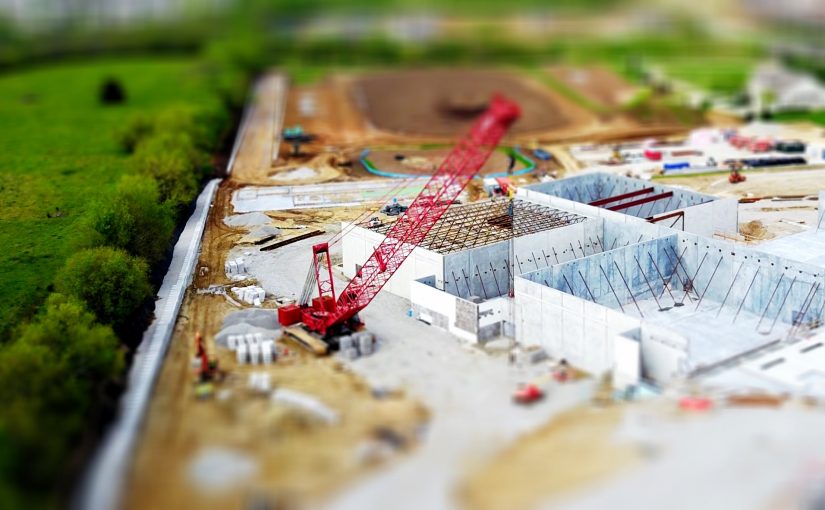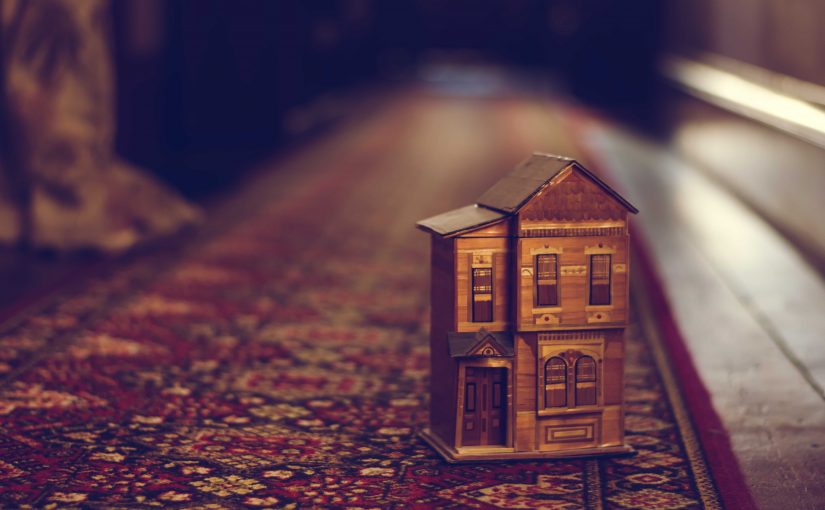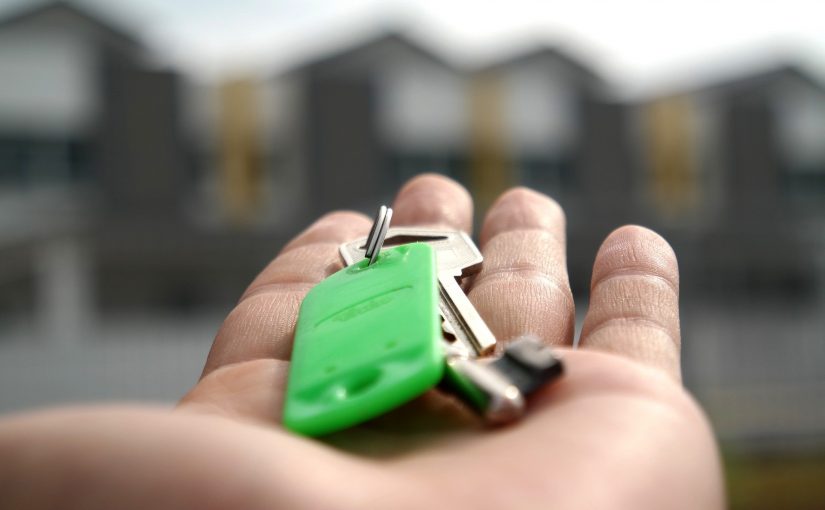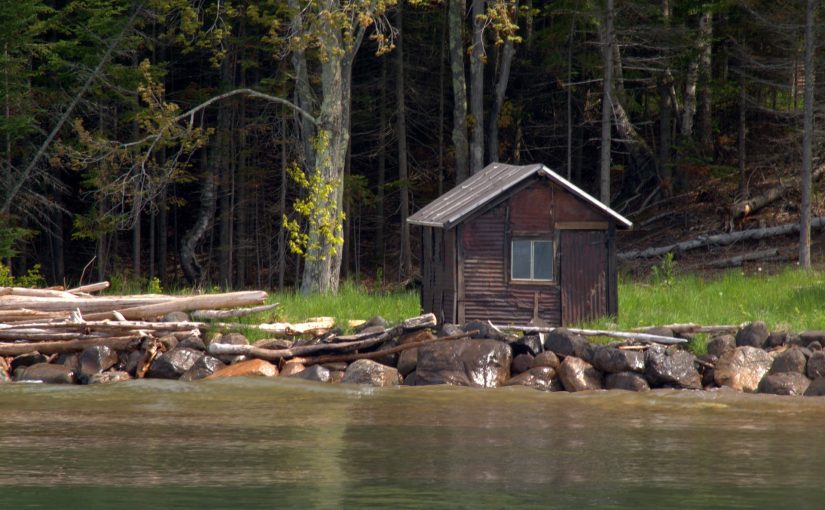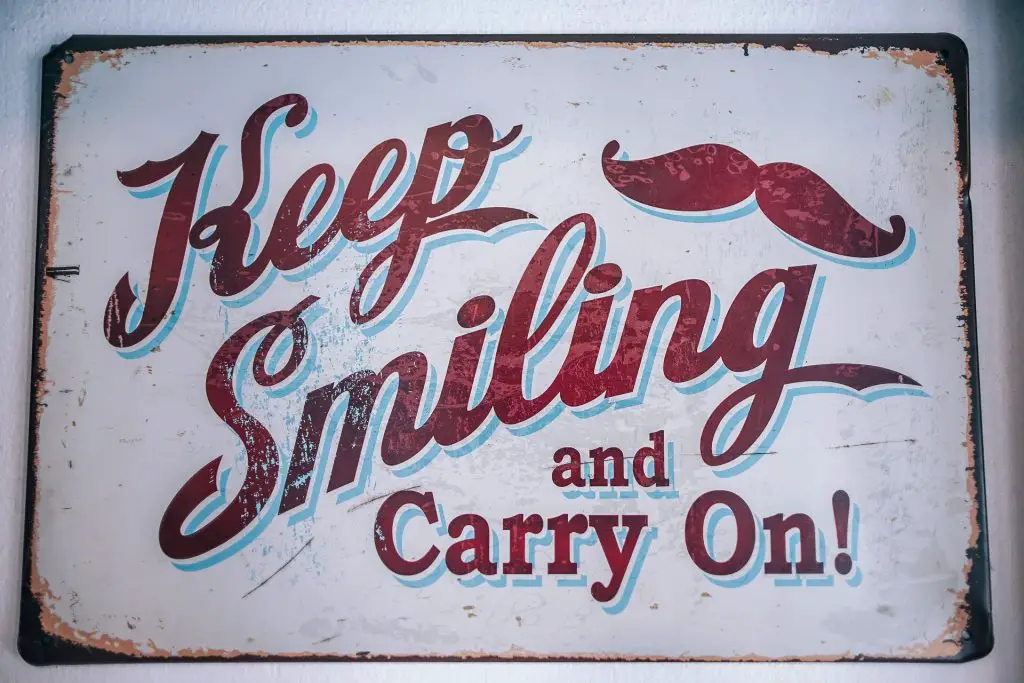Has quarantine forced you to reconsider your home?
Has spending more time at home due to the covid-19 restrictions lead you to question your home? While you had a busy live away from your place before, going to work, meeting friends… suddenly you find yourself stuck in your own 4 walls. The oddities you lived with before might not be so easy to overlook when you’re trapped with them all day long, every day. Let’s see if you can fix the relationship with your place or if it’s time to move on.
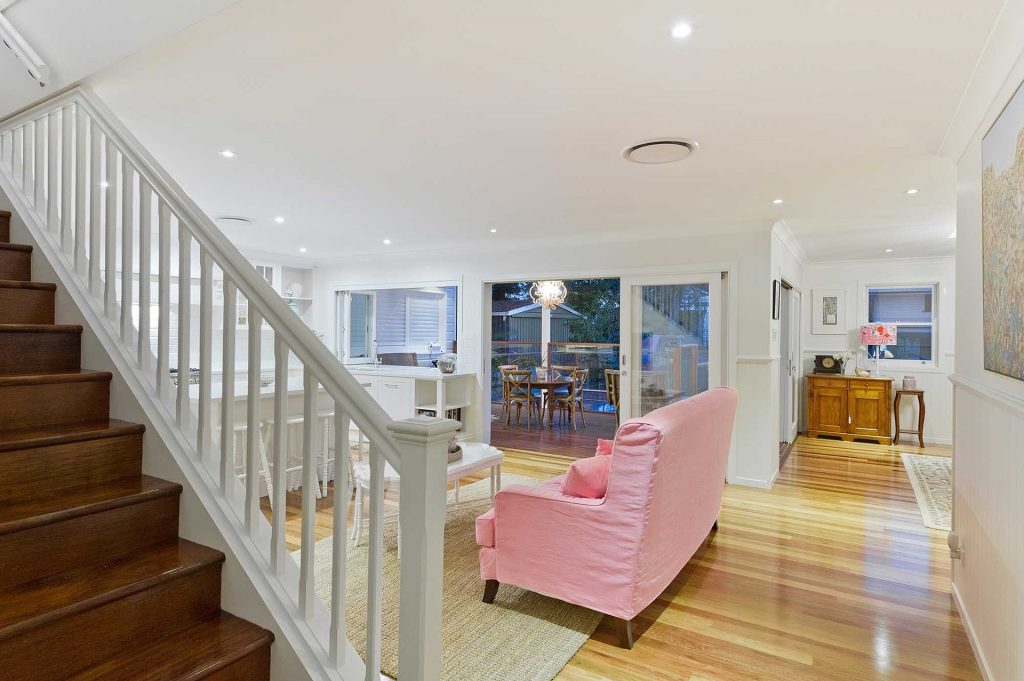
Doing a makeover can do miracles to your home. This can be done even on a small budget.
Renovation is not your cup of tea
Your property might be in need of renovation or a little makeover. If you can do it yourself – fantastic. Sometimes decluttering your home and give it some new paint can already do the trick.
If you are not a handy person, and the idea of living in a dirty construction site with builders coming in and out seems unbearable to you, then it may be time for a fresh start.
You are tired of your neighbourhood
Location, location, location! That’s usually the first thing you decide when
you go house hunting. Maybe the location you live in looked like a good idea
when you moved there, close to work, shops, school… Maybe you changed your
work since, your children left school or the area developed in a way that you
had not expected.
If your neighbourhood doesn’t work for you anymore it looks like it’s time to move on.
Your home is not the right size
You may discover that your home is either too big or too small. So many families in quarantine felt the need for more space. Many parents had to work from home making it almost impossible to manage the available space to suit everybody’s needs.
Other may feel their home is too big. Maybe your children grew up and moved out or you have to cut your costs down due to some financial loss due to the covid-19 pandemic. Whatever the case, getting the size right can add a lot of comfort and peace of mind.
Moving house is always a challenge
Although it can be hard to leave your home where you have all these nice memories you may be able to simplify your life and have more time for things that matter more to you. Especially with old age it usually is increasingly difficult to look after a big place. Swapping size for more comfort can be key to find more joy living in your home.
Selling your home and looking for a new? Visit www.listproperty4free.com
